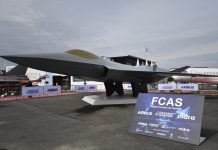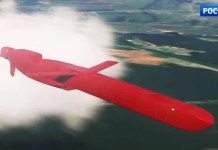Syria could see a major conflict between Israel and Russia over the former’s attacks on Hezbollah and Iranian-affiliated targets in the conflict-torn nation, according to reports. The two militaries engaged in a deadly confrontation half a century ago in the same region.
As Taliban Seizes Power, China Poised To Make ‘Big Gains’ In Afghanistan
According to Russian news agency TASS, Rear Adm. Vadim Kulit, deputy chief of the Russian Center for Reconciliation of the Opposing Parties in Syria, claimed that Russian missile-defense systems brought down seven of eight Israeli missiles launched at sites near Aleppo on July 19.
It is believed Russia is supplying Syrian forces with more advanced anti-missile systems in a bid to help them counter Israeli raids.
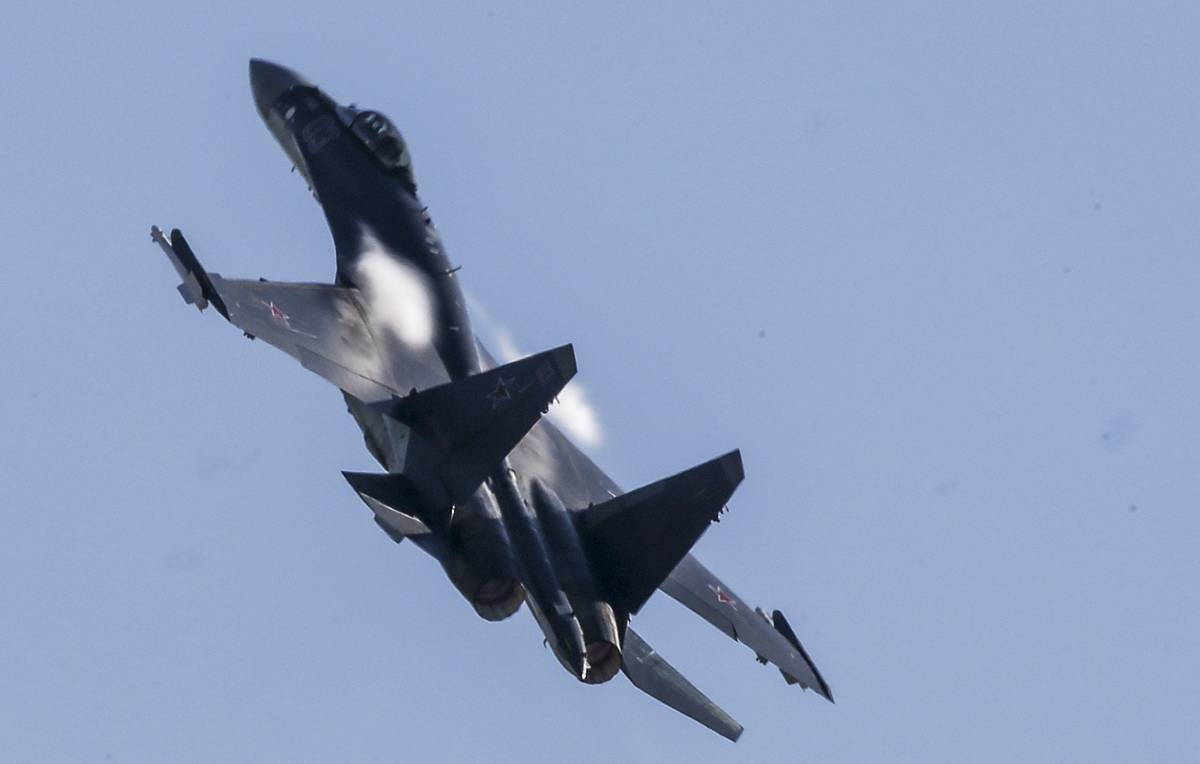
Although they are not unfriendly to each other, Russia is frustrated with Israel ignoring the “rules of the game” Moscow seeks to lay down in Syria.
And the US apparently gave the Russians an implicit nod to operate more aggressively against Israel, London-based Arabic daily Asharq Al-Awsat reported.
It said that the matter was discussed between Russian President Vladimir Putin and his US counterpart Joe Biden when the two leaders met in Geneva in June.
Russia’s Military Aid To Syria
Russia has a very strong military presence in Syria with naval and air bases. Since 2015, the Khmeimim airbase in Syria’s coastal Latakia governorate has been a major hub for Russian military operations against Islamic State and other terrorist groups in the region.
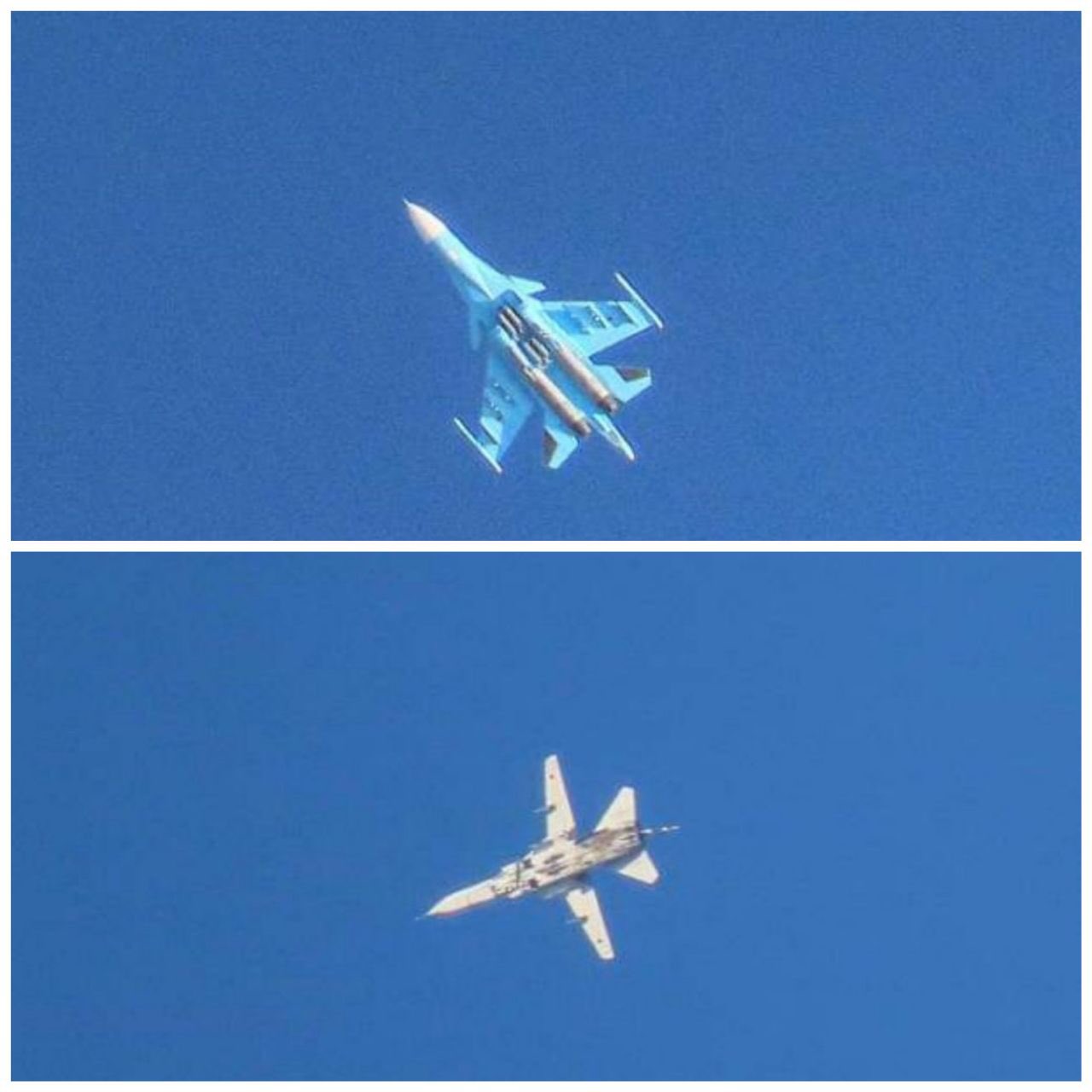
The airbase is a key launchpad for MiG-29, Su-24 jets. Russian fighter jets have reportedly been able to eliminate over 200 terrorists in airstrikes in Palmyra.
Rear Adm. Vadim Kulit who was cited above, claimed that they had managed to destroy two terror encampments, 24 pickup trucks with heavy machine guns, and an estimated 500 kilograms of munitions and components used for the development of improvised explosive devices (IEDs).
Russia also has a naval base at Tartus, which is expected to be expanded. Kremlin is now planning to construct a floating dock to boost the port’s ship repair facilities, Russian military officials were quoted as saying by Voice of America.
Russia has deployed a variety of weapons including S-400 air defense systems, combat drones such as the ‘Kronshtadt Orion’, Lancet-3, and Kub in Syria.

The Orion long-endurance drone, which has been developed by the Kronshtadt Group, is Russia’s answer US MQ-1 Predator drone. The UCAV has been operational in Syria since 2015.
Russia has also deployed kamikaze drones or loitering munitions in counterterror operations in Syria. Recently, a video of a Lancet-3 destroying a vehicle in the Idlib region, where terrorist group Hayat Tahrir al-Sham operates, was featured prominently in the Russian media.
In addition, the Syrian Army has deployed Russian-built Buk-M2E missile systems as part of its air defense measures. On 22 July, it managed to intercept four missiles fired by the Israeli Air Force’s F-16 fighter jets.
Following this, eight more missiles fired by Israeli fighters aimed towards an area southwest of Aleppo were intercepted. Seven of them were shot down by the Russian-made Pantsir-S and Buk-M2 systems.
This air defense success was in stark contrast to an episode in Russian military aviation history which took place on July 30, 1970.
US Lures India With ‘Hybrid’ F-21 Fighter Jet That Boasts Capabilities Of Both F-35 & F-22 Raptor
Israeli Assets
Israel has carried out hundreds of strikes in Syria and neighboring Iraq in recent times. IAF jets such as the F-35I and F-16s are routinely carrying out aerial raids.
According to a 2019 report by the Brookings Institution, these operations were carried out “to diminish Iranian capabilities being shipped to Hezbollah and other Iranian militias working to open a low-intensity military front threatening Israel’s northern border…and to send a message of deterrence to three main actors in the region: Assad’s regime, Iran and its emissaries, and Russia.”
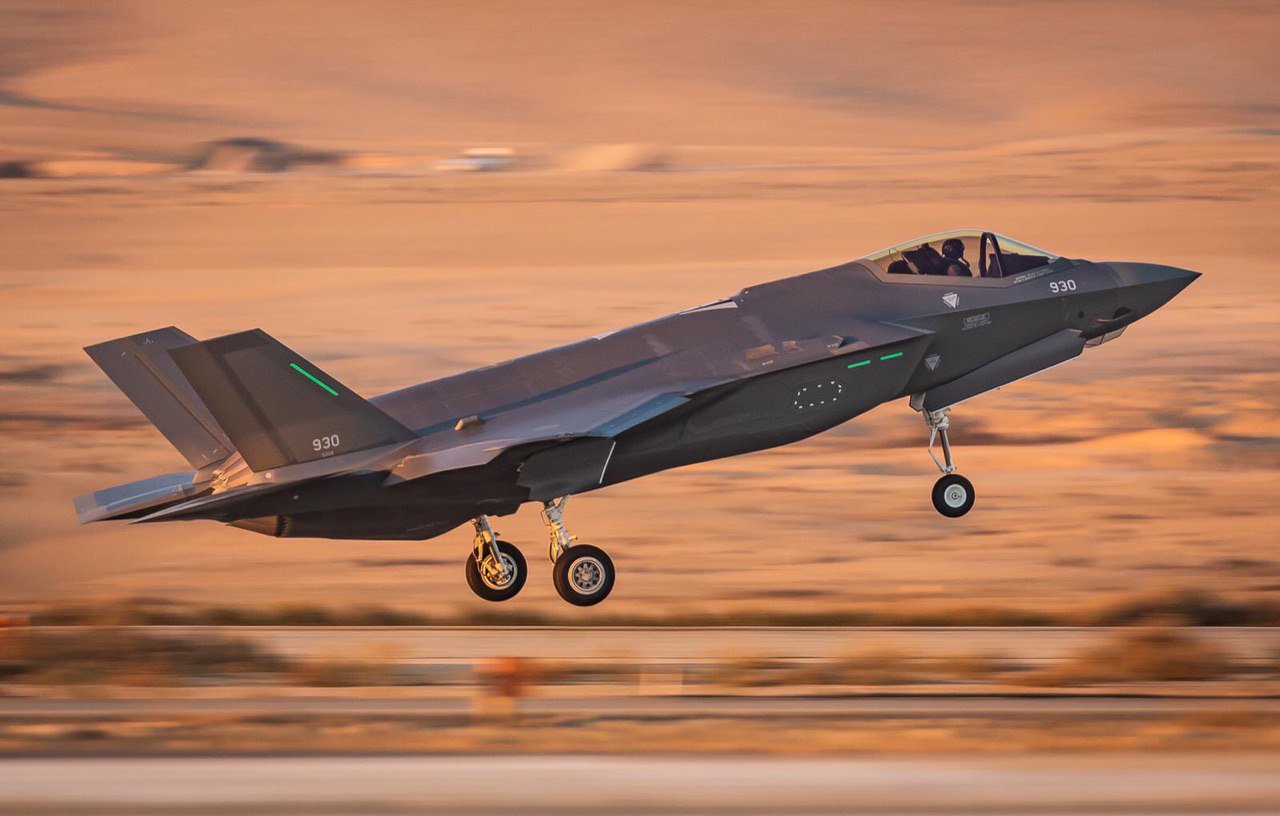
“The Israeli raids in November sent a clear message to Moscow that unless the Iranian element is taken out of the equation, Syria will remain an unstable battleground.
The raids are also a reminder of Russia’s commitment to Israel to keep the Iranian Quds Forces outside of the 50-mile radius from Israel’s border.
These raids underscore that, if the Russians cannot uphold their side of this understanding, then Israel will wreak havoc in Syria,” the report stated.
Will Israel Lose Its ‘Numero Uno’ Spot As The Most Powerful Air Force In The Middle-East?
The Israeli-built Harop (Harpy 2) kamikaze drone capable of detonating a seventy-pound explosive on impact is also speculated to have been used in the conflict. The Harop has a maximum speed of 115 miles per hour and can loiter over the battlefield for six hours.
The Israel Defence Forces are believed to have deployed GPS-guided Delilah cruise missiles. These munitions can be carried by F-16s, or glide-bombs fitted with a hi-tech SPICE kit including dual GPS and electro-optical guidance.
Op Rimon 20: An Israeli ‘Bear Trap’
Half a century ago, the US and the erstwhile Soviet Union were locked in an ideological battle over the expanding influence of capitalism and communism.
Egypt was a recipient of Soviet support in this era of paranoia and military alliances and had been keeling over the losses sustained following crippling military defeat against Israel in the Six-Day War in 1967.
Egyptian President Gamal Abdel Nasser learned from this defeat that a conventional war with Israel would not be feasible and thereby recalibrated his approach towards attrition warfare.
The three-year period between 1967 and 1970 saw Israel at the receiving end of Egyptian artillery barrages, and special forces raids along the strategic Suez Canal.
The Jewish nation had realized that it would need to fight its wars by “other means”. The Israeli Air Force had just received the US-made F-4 Phantoms when the Israeli strategic dispensation felt that they could be deployed to carry out airstrikes deep inside a hostile Egypt’s territorial boundaries.

Attacked, the Egyptian head of state approached its Soviet allies for military assistance. The USSR in turn obliged and helped Egypt develop a near-impregnable air defense network through a series of surface-to-air missile systems, strategically set up along the Suez Canal.
Offensive air operation soon commenced and while the Israeli flying aces were successful in downing a significant number of the Egyptian military aircraft, the Soviet SA-2, and SA-4 batteries intercepted and brought down numerous Israeli fighter jets. This threatened Israeli air ops along the Suez Canal.
Apache Helicopters: Longbow Awarded Contract To Supply FCRs For Latest AH-64E Helicopters
The Soviet SAMs proved to be a thorn in Israeli operations, however, it was only the beginning of the Jewish nation’s problems. Soon, the Soviets began to deploy MiG-21 fighters carrying out defensive air patrols over its client state, Egypt.
As is the case today in Syria, the Soviets and the Israelis were cautious as to not engage directly with one another, however eventually over the course of aerial operations, the Soviets began intercepting Israeli airstrikes.
These gradual escalations led to the damage of an Israeli A-4 Skyhawk by a Soviet air-to-air missile. The Israelis had infamously dubbed the Suez Canal as the “Wild West”. Israel soon felt that the Soviets needed to be dealt with through punitive measures.
As the Russian-speaking Israeli radio operators began monitoring Soviet communications, this gave them the critical intelligence they needed to embark on Operation Rimon 20. An aerial “bear trap” was set up.
Four Mirages were to fly the pattern of a high-altitude reconnaissance mission over the area where Soviet MiG-21s were operational. In an attempt to smokescreen the enemy radar, each pair of armed Mirages flew near conjoined to one another. This was done to simulate a typical reconnaissance mission by two unarmed Mirages on the enemy radar.
Parallelly, numerous IAF Phantoms and Mirages were to fly at low altitudes over the Israeli-held Sinai, completely out of Egyptian sight. They were there to lay ambush if the Soviet MiG-21s fell for the dummy reconnaissance Mirages as they flew closer to Israeli territory.
Finally, on the afternoon of Thursday, July 30, 1970, the Soviet fighters took the bait!
A total of 24 MiG-21s took off from various Egyptian airfields in order to intercept the Israeli recon aircraft, only to be caught off guard! Sixteen Israeli Phantoms and Mirage III fighter jets wreaked carnage upon the Soviet MiG-21s.
In just three minutes, five MiGs dropped from the sky due to the offensive actions of a pair of Phantoms and a pair of Mirages.
It is pertinent to highlight that an IAF Phantom had managed to shoot down a MiG-21 using an AIM-7 sparrow fired from an incredibly low altitude, pushing the weapon system beyond its conventional capacity.
Why China’s New Refueler Y-20 Sends Ominous Signals To India & Others In The Indo-Pacific?
Another Israeli fighter chased a Soviet jet all the way from 15,000 feet to 2,000 feet and was it was subsequently shot down by an AIM-9D [Sidewinder].
This war of attrition came to an end after the US-brokered a ceasefire. The SAM batteries were left in places along the Suez Canal. The Soviets eventually had their revenge three years later when the SAMs they supplied to Egypt and Syria downed droves of Israeli military aircraft over the Suez Canal and the Golan Heights.
However, pilots and advisers from the USSR were not directly a part of it and would never be a part of it as Egyptian president Anwar Sadat expelled the Soviet advisors in 1972, according to National Interest.


